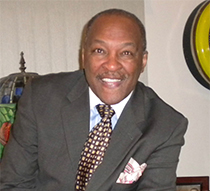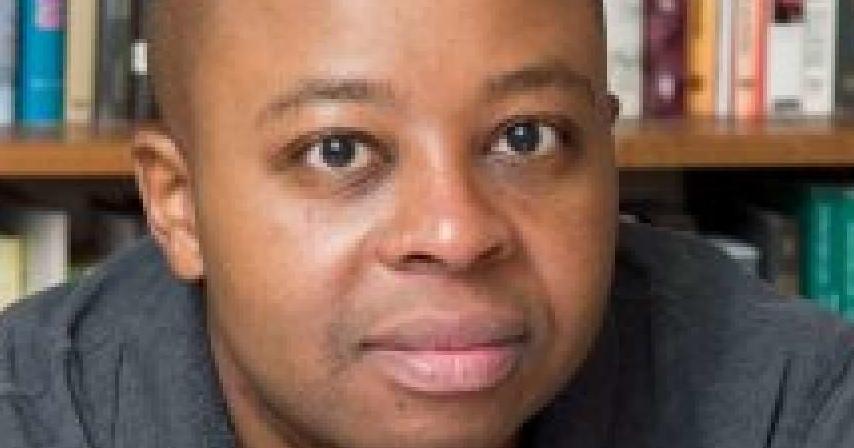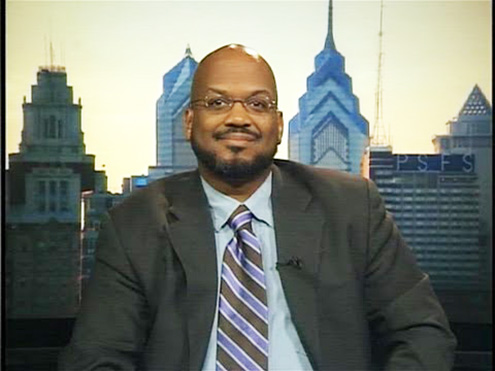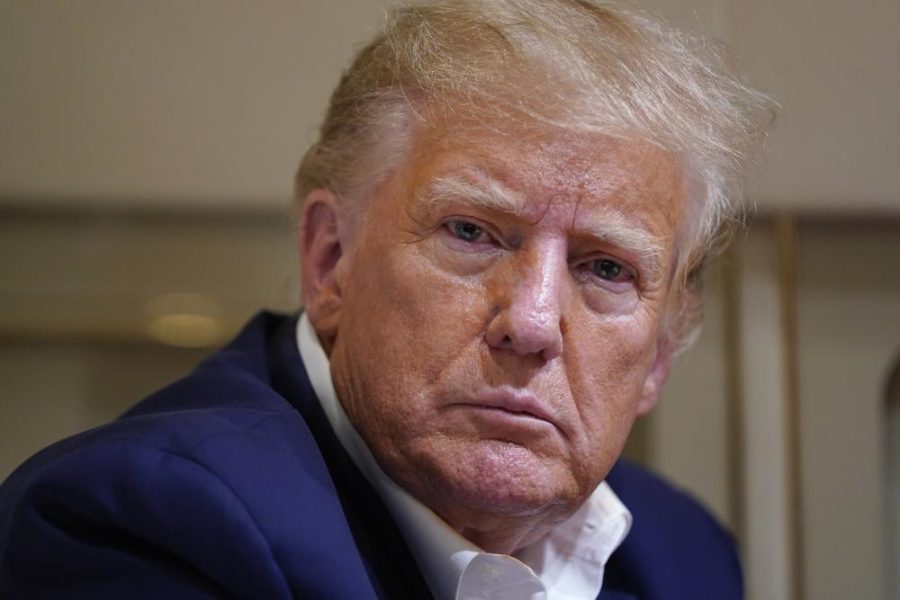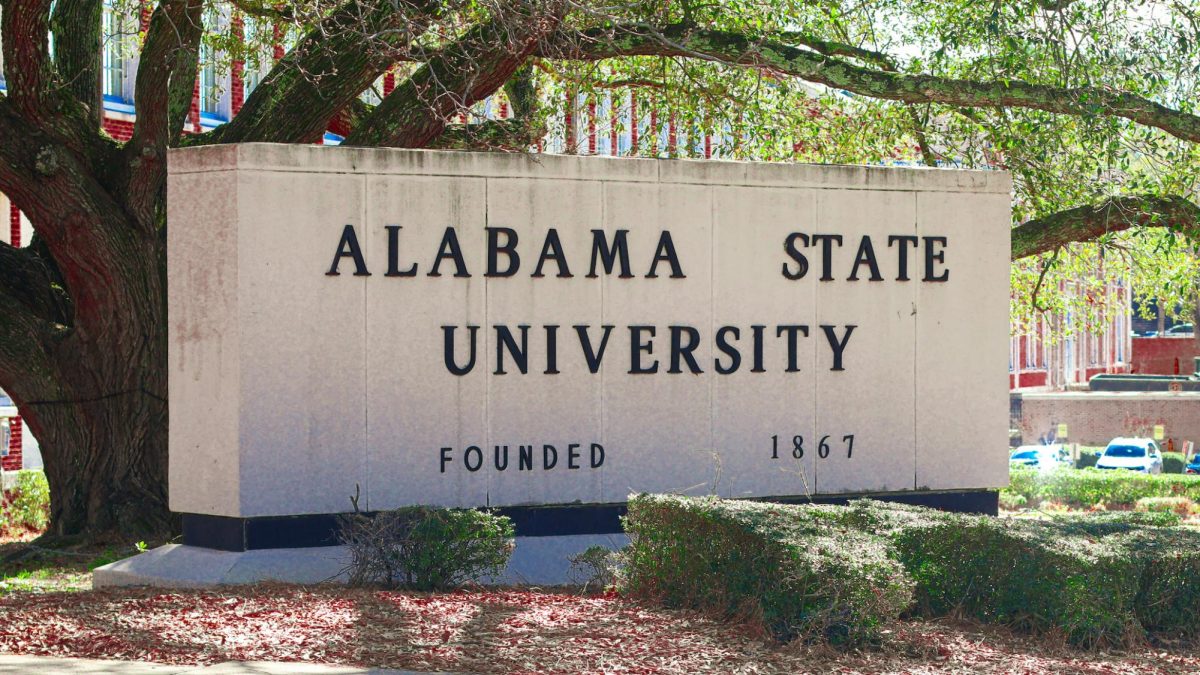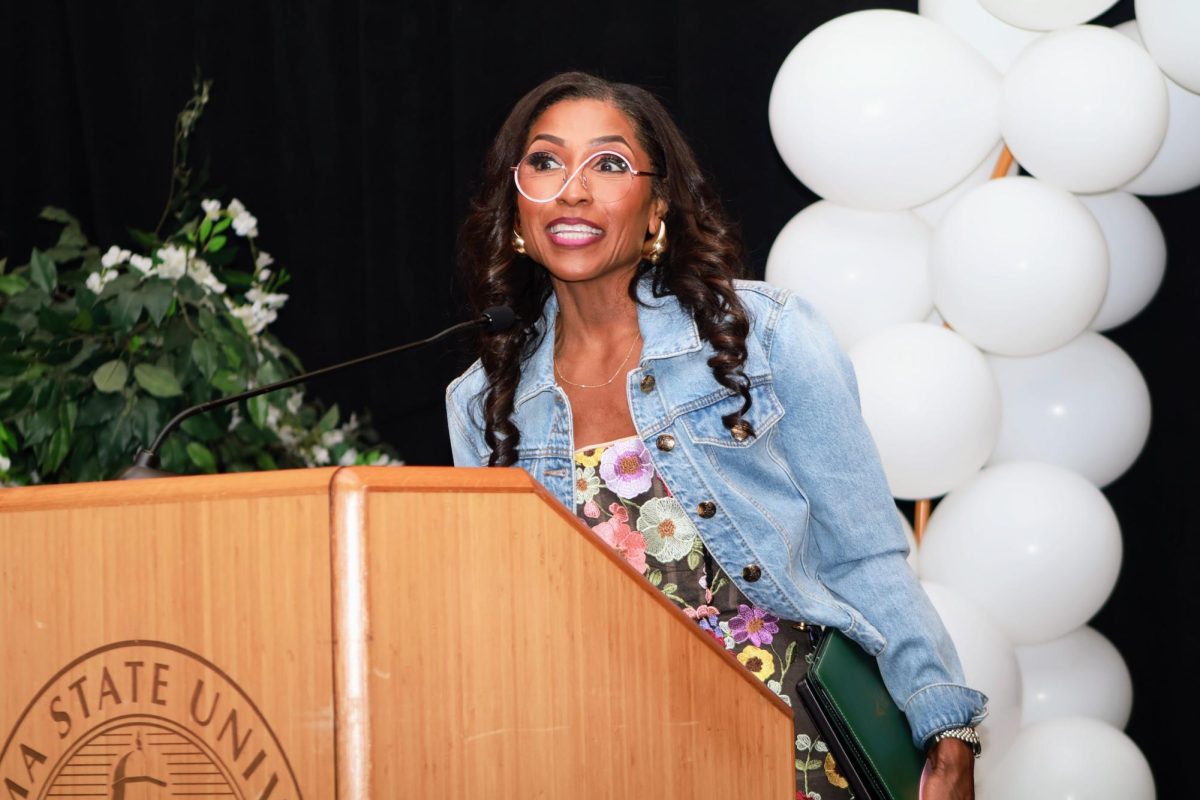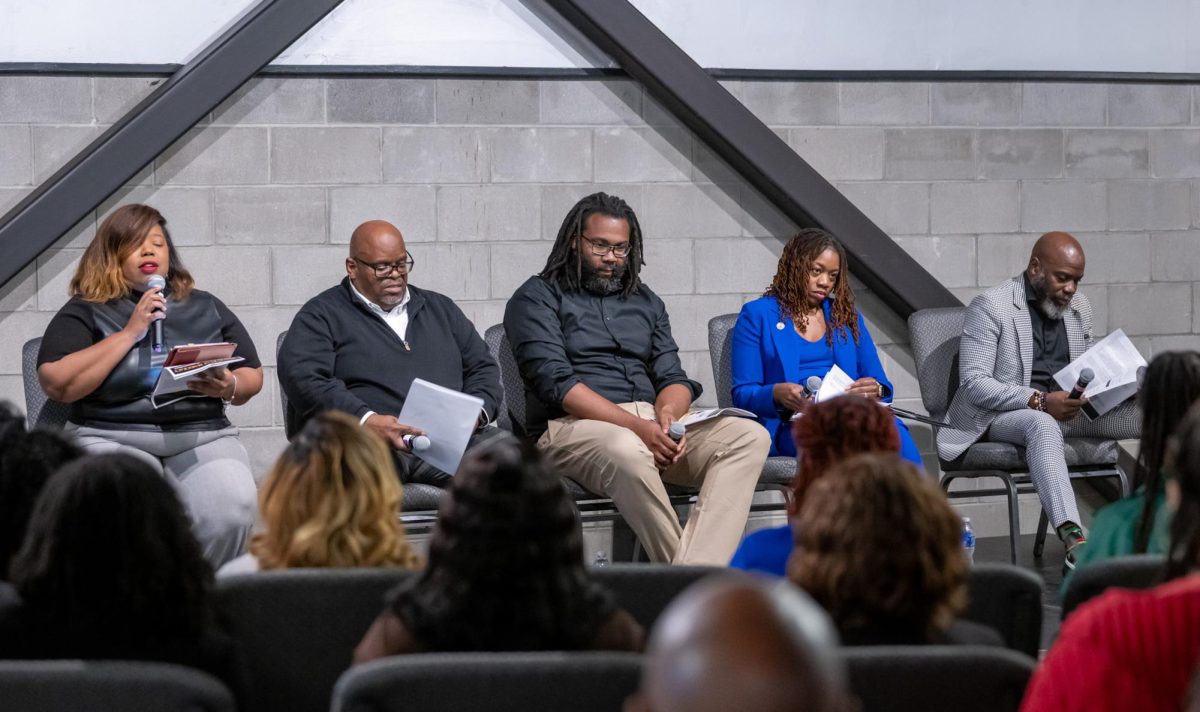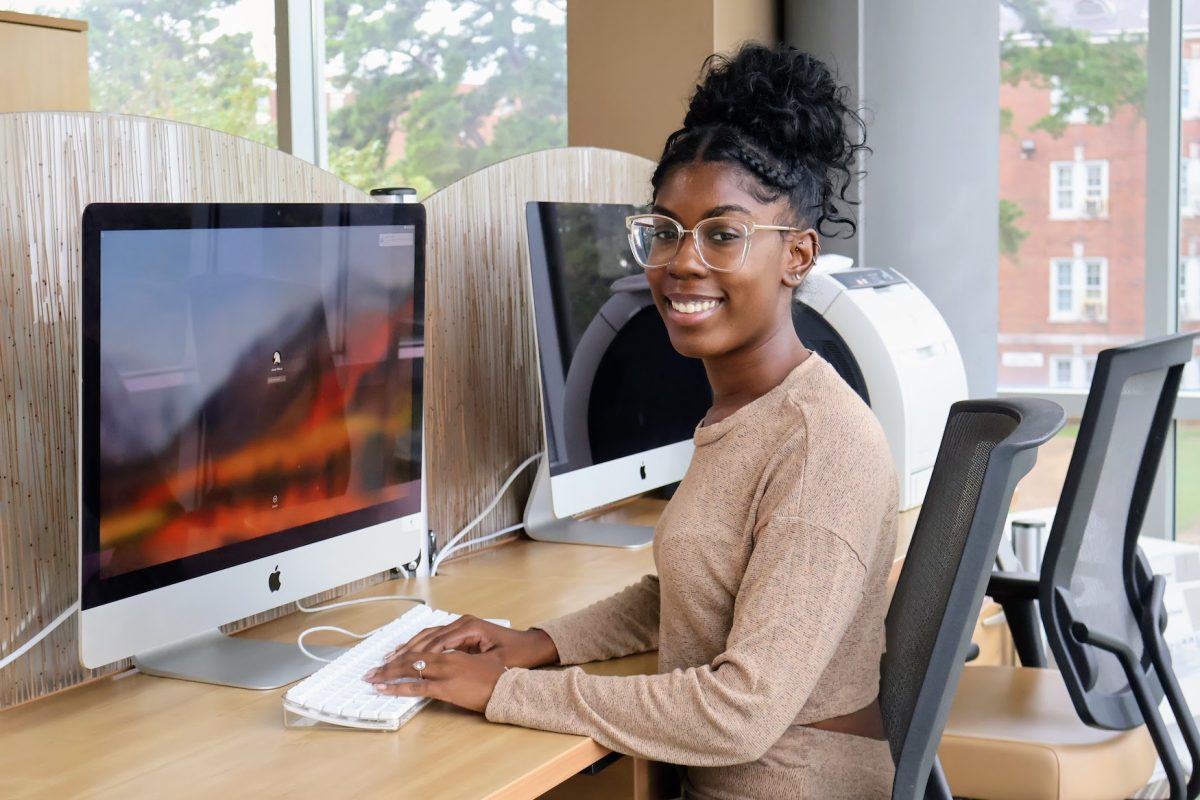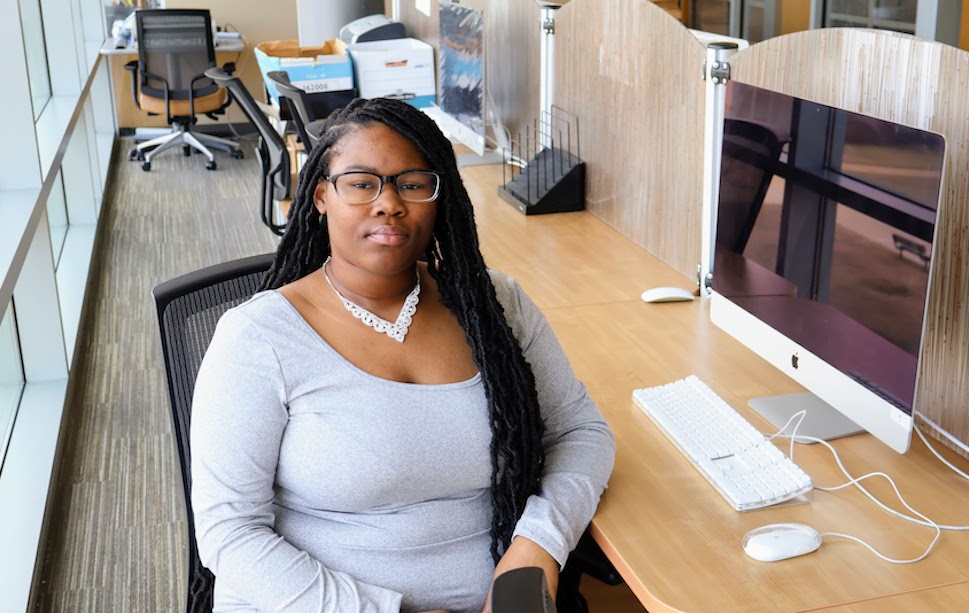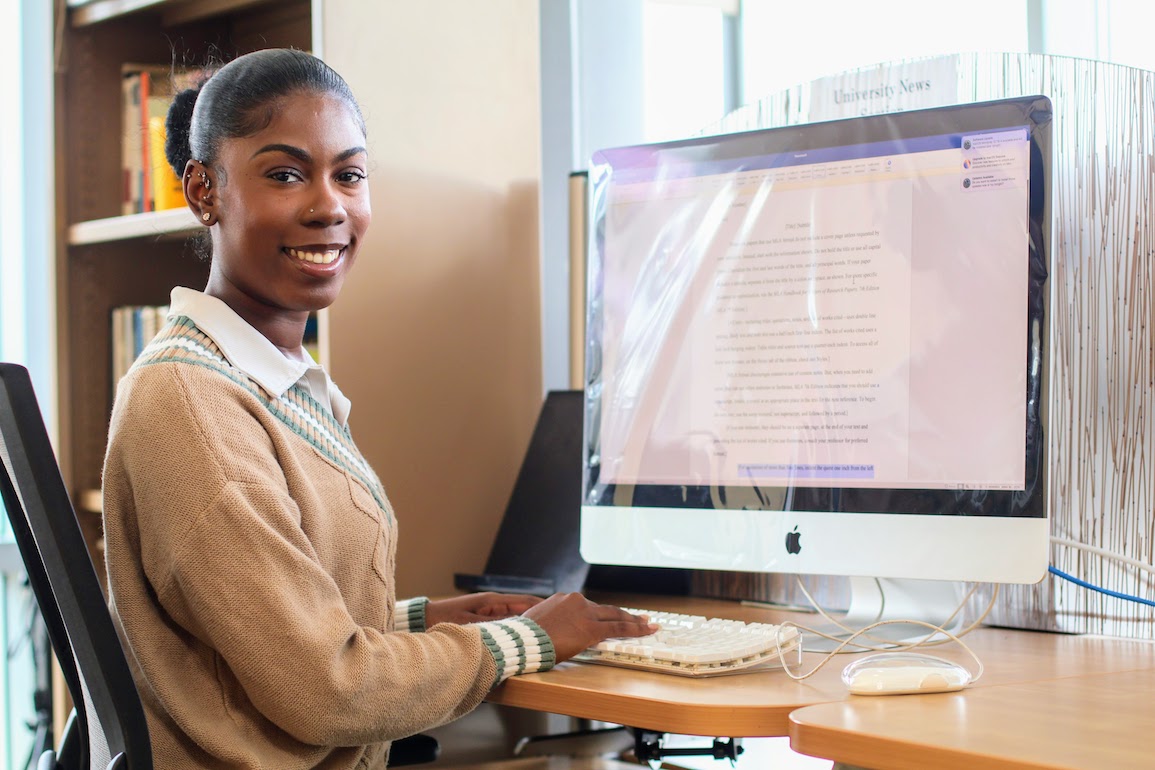Within days of the October 7, Hamas-led surprise massacre in Israel and the relentless retaliation of airstrikes in Gaza by Israel, students at many universities began to organize protests over the Israel-Gaza war and subsequently the disproportionate casualties of Palestinians and the larger issue of the conditions of Palestinian existence in Israel during the 75 year old Middle East conflict. College campuses, largely predominately white institutions (PWI) have become divided with students engaging in fierce arguments over whether Hamas militants’ slaughtering of Israeli people could have been avoided, whether Israel’s unrelenting response was justifiable, how Israel has treated Palestinians, and whether condemnation of the Israel government is a slight against all Jews, among other issues.
The protests continue to escalate at hundreds of schools with protesters camped in tents on campuses, disrupting classes and school activities, risking suspension, expulsion and provoking arrests, and demanding a cease fire and an end to continued airstrikes in Gaza. The anti-war and pro- Palestinian protesters are demanding that their schools divest in companies they claim are complicit in the war in Gaza. For example, students at University of California, Berkeley and New York University call for divestment in Israel across the board, while student groups at Yale and Cornell are insisting that administrators discontinue investments in manufacturers of weapons. Others call for an end to U.S aid to Israel.
These actions have prompted college officials to craft statements against the war, though those carefully worded statements have skillfully avoided siding with either Israel or the Palestinians, and have been more centered on the restoration of peace while avoiding comment on any action or process of divestiture. Because of the cautious balancing act inherent in most of the statements, many have been criticized by student groups, and none have been sufficient enough to stem the rising tide of the protest movement. PWIs are struggling with allowing protests while preventing anti-semitism and intimidation.
The media has centered its coverage around the student movements at elite and selective PWIs, especially Columbia, Yale and Harvard , and other such schools where some Jewish students have been terrorized and made to feel insecure and unsafe by physical assaults, anti-semitic placards, posters, bulletin boards, and threatening verbal outbursts. Undoubtedly, the prestige of those schools , their illustrious and influential “who’s who” alumni, and endowments of $13.6 billion (Columbia), $ 42.3 billion (Yale), and $49.4 billion (Harvard) are also factors why these protest movements and those of similarly situated schools have commanded center stage. Those schools – at this point – have not been pressured or inclined towards divestiture, but if it emerges on the table at one, others may be more inclined to capitulate.
Protesters and administrators at Northwestern and Brown have reached agreements to dismantle the encampments. The agreements include appointing Palestinian faculty positions and funding scholarships for Palestinian students, and disclosure of school investments to students who request such information at Northwestern, and at Brown university leaders said they would discuss, and ultimately vote on divesting funds from companies connected to the Israeli military campaign in Gaza. It is important to note that students actively involved in the protests at these PWIs and elsewhere are racially and ethnically diverse, including significant numbers of African-Americans.
Though not near the vortex of the protest movements in terms of publicity, HBCU students have not been on the protest sidelines at any stage of the conflict, and it is perplexing that they have not received the attention and scrutiny their protests warrant. Much of this may have to do with the smaller numbers of Jewish, Middle East and Palestinian students enrolled at those institutions, and their appreciably smaller endowments. Or, there may be an unfounded assumption that the protest energies of HBCU students are exclusive to domestic social justice and civil rights issues than with international affairs and foreign policy – as if those energies cannot co-exist. HBCU students have a long history of protests beginning in the 1920s when the “New Negro” movement on several campuses successfully made the case for curriculum changes for more liberal arts rather than industrial training, and for the hiring of African American presidents to replace White presidents to lead those institutions. HBCU students, while best known for anchoring the Civil Rights Movement during the late 1950s and 1960s, also staged campus protests which helped swing public sentiment against the Italian-Ethiopian War in the 1930s, the Vietnam War in the 60s and 70s, and the Gulf War and apartheid in South Africa in the 1980s.
The current student protests at HBCUs on the Israeli-Gaza war, are in many ways identical to those at PWIs, but at the same time are not carbon copies and, more importantly, have evolved from a dissimilar historical context than those at the elite and selective PWIs, and that alone makes those protests worth examining. The division and conflict among students at some PWIs, is not the same at HBCUs where all of the protests have been decidedly pro-Palestinian. And, unlike the campuses of many PWIs, so far there have been no counter protest movements, or climates of student versus students confrontations or altercations. There have also been no encampments, arrests, police interventions, student disciplinary procedures or plans to alter graduation exercises.
If Columbia is the epicenter of the PWI student protests, then Howard ($865.3 million), with the largest endowment of HBCUs, is the epicenter of the HBCU protests. Within days of the Israel-Hamas war, hundreds of Howard University students assembled in the heart of the campus, and one student, Aaron McIntyre, speaking through a bullhorn, urged hundreds of students within the range of his voice not to ignore the international conflict. “If we stand up for Palestine,” he admonished the crowd, “we stand up for oppressed people everywhere.” The rally which was billed as a “walkout” to stand in solidarity with Palestinians, was held on the same day the students at Columbia first staged their own rallies. After a short delay, the Howard administration responded to the protest affirming its policy of the right of “peaceful and constructive forms of student protest as fundamental aspect of free speech and expressions,” said Dr. Cynthia Evers, Vice President of Student Affairs. That was followed by a carefully worded and morally centered official Howard statement calling for an end to the “personal suffering of of the Israeli and Palestinian people because violence and hatred must never be tolerated.” The university went on to lament the “innocent children and adult victims of targeted hate” that have been the result of the conflict. What was unspoken in the statement was Howard’s position on divesting, an issue that was first raised by some Howard faculty in 2007, when they proposed a resolution for the school to divest from companies offering “material support to Israeli occupation.” At that time the proposal was rejected by the president, Patrick Swygert, saying it did not represent the position of Howard, and he promptly wrote a letter to the American Jewish Committee (AJC) of his “complete and unqualified rejection” of the resolution which he hoped would reaffirm Howard’s relationship with that organization and others “who are promoting peace and reconciliation.” Thus, the more recent Howard statement is an indicator that Howard’s position is unchanged, and it received mixed reviews from the students and faculty, some more lenient than others feeling that a position leaning towards the Palestinians may not have been in the best interests of the school’s relationship with philanthropy, the wider financial community, and especially with the federal government which provides an annual appropriation for Howard’s basic operating expenses. Others felt that the statement missed an opportunity for Howard to have taken a more forceful institutional stance on the geo-political injustices endured by the Palestinians.
Other Howard students, such as Bri Robertson, a freshman international affairs major, who has been active in pro-Palestinian protests, were hoping that the administration would have shown more support for the Palestinian cause. Howard’s Students for Justice in Palestine (SJP) chapter demanded a boycott of companies who are “profiting from Israel’s war on Gaza” primarily from the U.S. State and Defense Departments which provide $3.3 billion annually for weapons used in what it charges as “the lethal and unlawful targeting of Palestinian civilians.” The students also unsuccessfully sought to block those companies and the U. S. State Department from attending a campus career fair. In coalition with dozens of other D.C. students, Howard students staged no encampment on its own campus, but joined a pro-Palestinian encampment on the George Washington University campus as part of a nationwide effort by SJP calling on their higher education institutions to divest from Israel amid the ongoing war. Howard professor Greg Carr has perhaps best assessed the difficulty of Howard adequately responding to the demands of the protesters. HBCUs “are not financially autonomous or independent or self determining. So what you see is this perpetual attempt by HBCU administrators to shield the institution from this precarious position,” Carr opined. “At the same time,” he says, it can be less than satisfying to many constituents when it may be more prudent “to assert some statement of our values.”
Hampton University students staged a protest by walking out of college buildings after the continued Israel airstrikes in Gaza, demanding an end to U.S. aid to Israel. “With us being on a HBCU campus,” says Manual Antonia Rodriguez, a leader of the protest, “the Palestinian conflict and the struggle they experience to this day has been coexisting and integral to a lot of the Black struggle.” Rodriguez is a member of the campus chapter of the Dissenters, a national organization on antiwar activists. One of the goals on the protest, said Dante Belcher, another member of Hampton’s Dissenters chapter, is to demand from defense companies who have supplied the Israeli military with money and weapons for decades. The demands of the Hampton protesters echoed those of student protesters at other HBCUs such as at Morgan, where the students clothed in black and with covered faces staged a protest during a career fair at the school’s Student Center, holding up signs saying “Free Palestine,” “Stop Funding Genocide,” and “Unite HBCUs against Zionism.” Morgan security peacefully escorted the group out of the building. The students said the reason for obscuring their faces was to remain anonymous to avoid retribution from Morgan’s administration. There is no indication that Morgan, which supports peaceful student protests, has any plans for a student penalty for the protests.
Rokiyah Darbo, a sophomore student at Spelman College, learned there was an institutional infrastruture in its Women’s Research and Resource Center which initiated one of the first Students for Justice in Palestine chapters at an HBCU. It was launched in 2014 over the police killing of Mike Brown in Ferguson, Missouri when Spelman students and scholars conceptualized a link between the policing of Americans of color and the Palestinians, contending that there is a commonality to the racial, gender, and economic injustices faced by both. In October of 2023, Darbo organized activists such as the Black Alliance for Peace, SJP, the Muslim Student Association of Kennesaw State University, along with fellow students, students from Clark-Atlanta University, Morris Brown, Morehouse, Morehouse School of Medicine, and citizens from the Atlanta community numbering several thousand in a protest march through the city calling for a ceasefire.
On October 25, at North Carolina A&T State University, students led by Ziora Ajeroh, who started the campus’ first chapter of Dissenters, participated in a national college student walk-out, demanding a ceasefire in Gaza. The walkout was conducted at other HBCUs with Dissenter chapters including Xavier University. More than 50 A&T students also gathered around the campus Reflection pool, a location commemorating the 1969 Greensboro uprising where a student was shot and killed, and had discussions about the conditions of life in Palestine and the struggles of colonized people. One Palestinian student enrolled at A&T was encouraged to “speak on her experiences as a member of the Palestinian diaspora and what that means to her,” said Ajeroh.
Beyond Howard, a number of HBCU presidents have written statements calling for peace in the Middle East. Rochelle Ford, president of Dillard University, which is home to the National Center of Black Jewish Relations, was more specific in her statement which called the Hamas attacks in Israel “unadulterated evil being unleashed on the world.” She also shared her thoughts about Palestinians in Gaza being unfairly blamed and punished “for the terrorist acts by the Hamas extremists, who also oppress Palestinians in Gaza, doing more harm to the struggle for freedom and autonomy.” She has received criticism from students and alumni for appearing to be more partial to Israel than Palestine and for a letter she drafted with Ari Berman, the president of Yeshiva University titled, “We Stand Together With Israel Against Hamas.” It was a courageous position taken by Ford, who stresses a shared humanity that must not be violated by either Israel or Palestine, and insists on separating the violence of Hamas from peaceful Palestinians. Still, the optics of her alignment with Israel – during what has become a one-sided war – has been troubling on her campus. So disappointed were some of the students, that they led a silent walkout in protest of both her and Israel’s polices towards the Palestinians and the war which has left over one million innocent Palestinians, including children, vulnerable to hunger, disease and death.
Of all the student protests on PWI and HBCU campuses, perhaps the most significant and certainly the most anticipated has yet to occur. When Morehouse College officials announced that President Joe Biden would be this year’s commencement speaker, the response was anything but celebration. The next day a group called Faculty and Staff for Justice in Palestine issued a statement urging that the invitation be recinded. “As faculty members at academic institutions in and around Atlanta – including Morehouse, Spelman and Clark Atlanta – we did not see this coming,” the statement read. “This is not the Morehouse College that history has known and that we have come to treasure.” It went on to say Biden has been insensitive to the “wrongs, sufferings and injustices” inflicted on the Palestinians. Some alumni released a letter encouraging members of the campus to “make your dissent known” while students expressed their displeasure at a town hall the day the announcement was made.
Morehouse College President, David A. Thomas, said that the invitation was extended to President Biden before the start of the Israel -Gaza war and that the administration would not reverse course. He went on to emphasize the prestige it brings to Morehouse and that Biden’s visit reflects and enhances the “stature and importance” of the institution. The political implications of the commencement months away from the presidential election cannot be overstated. Biden has been deliberate in his efforts to reach and solidify himself with young black voters, many of whom are frustrated with his continued aid to Israel in light of the unceasing Israeli decimation of Gaza. The Morehouse faculty has differing opinions on the invitation. Andrew Douglas, a professor, says some have told him that “under no way are they going to sit on a stage with Joe Biden,” while professor Stephen Dunn, who supports campus dissent, believes this to be “an incredible opportunity” for Biden to explain his policy of continuing aid to Israel, and to make his case as to why he is deserving of their vote. Because Biden will be physically present on the campus, the media is following the evolving drama at Morehouse more than the protests at any other HBCU.
The support and identification of HBCU students and faculty for the Palestinians is not as new as the more recent student protests might imply. In fact, it can be traced back decades to when African American civil rights advocates, student activists and revolutionary organizations identified with the Palestinian struggle for freedom. “People like the Black Panther Party, Stokely Carmichael (Howard University) and SNCC embraced the Palestinian cause,” writes historian Michael Fischbach, in his book Black Power in Palestine, “not out of abstract revolutionary solidarity, but because they saw themselves as a kindred people of color fighting a global system of oppression that was backed by the United States.” Saeed Mohammed, a Howard student from South Africa, remembers wearing “Free Palestine” hoodies from as early as elementary school.
Increasing support for the Palestinians by both HBCU students and faculty is well documented and extensive. It is reflective of the current national African American mood. While 38 percent of Whites side mostly or entirely with Israel in the war in Gaza, just 13 percent of Blacks do, according to a recent Pew Research Center poll. This represents a shift in the views of some Blacks who earlier on saw a correlation of their struggle with a Jewish diaspora still trying to brace itself from the horrors of the Holocaust by building a new nation. Others at the same time were troubled with the distribution of authority in the building of Israel to the detriment of those they saw and continue to see as “people of color.” The shift continued, especially when Black activists forged solidarity with Palestinians during the Black Lives Matter movement.
HBCU administrators, however, have to weigh institutional expressions of those reshaped feelings against what they perceive as the best interests of their schools, as well as the long history of productive alliances the Jewish community has had with HBCUs and the Black community. These alliances go back to those who were among the founders of the NAACP, such as Julius Rosenwald – executive at Sears and scion to the founder – who in 1912 collaborated with Booker T. Washington to establish Rosenwald schools in the rural South for Blacks. By 1932, 5,000 schools were constructed across 15 Southern states, educating one-third of rural Black children in the South.
The Jewish-HBCU collaboration began during WWII when 53 exiled German Jews – 10 with the financial support of the Emergency Committee in Aid of Displaced Foreign Scholars – joined the faculties at HBCUs including, Howard, North Carolina Central, Tougaloo, Talledega and Hampton. The high water mark in the alliances came during the Civil Rights Movement when the American Jewish Congress (AJC) and the Anti-Defamation League (ADL) worked closely with Martin Luther King’s Southern Leadership Conference ( SCLC) to address legalized societal limits imposed on both minorities. That turbulent period witnessed Jewish college students traveling South, joining the 1964 Freedom Summer campaign of the Student Nonviolent Coordinating Committee ( SNCC). Michael Schwerner and James Goodman – two Jewish students – along with James Cheney, a Black activist, were murdered by members of the Ku Klux Klan because of their involvement. At Spelman College in Atlanta, Howard Zinn, a revered faculty member and eminent Jewish scholar, was summarily terminated because of his leadership role in the student protest movement. August Meier, another prominent Jewish scholar, taught and developed Black history courses at Tougaloo, Fisk and Morgan from the mid-50s through the mid-60s.
In July of 2023, only months before the Israeli-Gaza war, administrators from North Carolina A&T, South Carolina State, Morgan, Alabama State and the Thurgood Marshall College Fund traveled to Jerusalem for a meeting designed to “forge relationships with Israeli institutions of of higher learning.” While it was never articulated or acknowledged, both sides sought to reaffirm the mutually beneficial Jewish-Black relationship which has been fraying over the years largely because of growing African-American resentment to the treatment of the Palestinians and the United States’ foreign policy with Israel. The Israeli-Gaza war which came soon after that trip has resulted in turmoil on HBCU and PWI campuses for which the leaders have been unprepared and could not have anticipated. The demand for a ceasefire is out of the control of college administrators, but when it occurs, it may not be enough to stop the protesters who are insisting there must be some measure of divestiture in Israel, and more recognition of Palestinian needs. But more importantly, it will be difficult to return to the pre-war status-quo in U.S. foreign policy with Israel and the Palestinians. It is a complicated conundrum and the student protests must be recognized as the continued beginning of the search for lasting solutions to a 75-year-old problem, one which began with the creation of the State of Israel in land occupied by the Palestinians. It is the international problem of the color-line.


